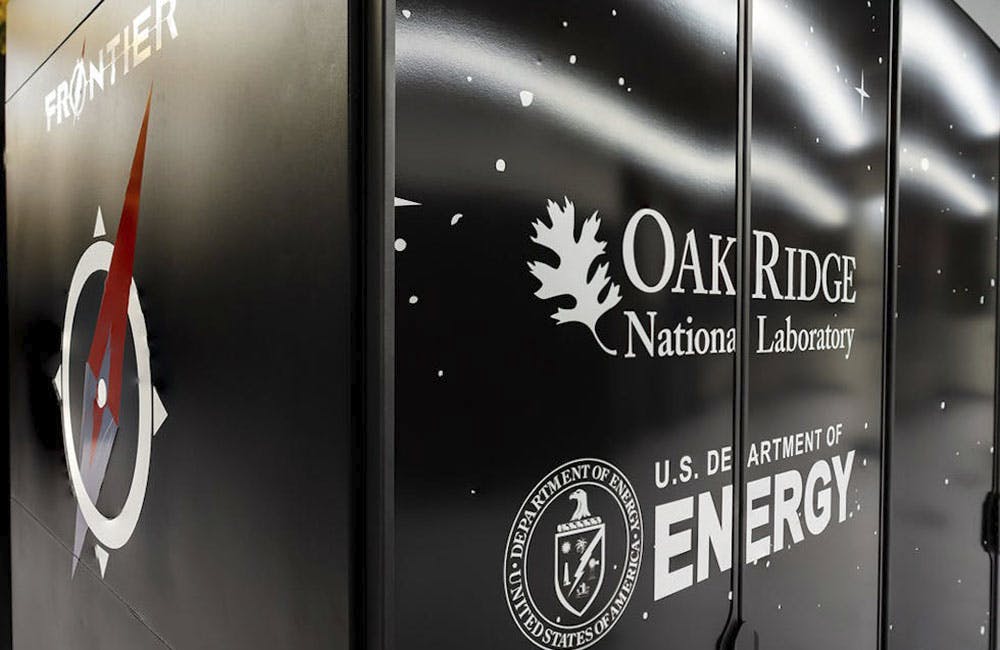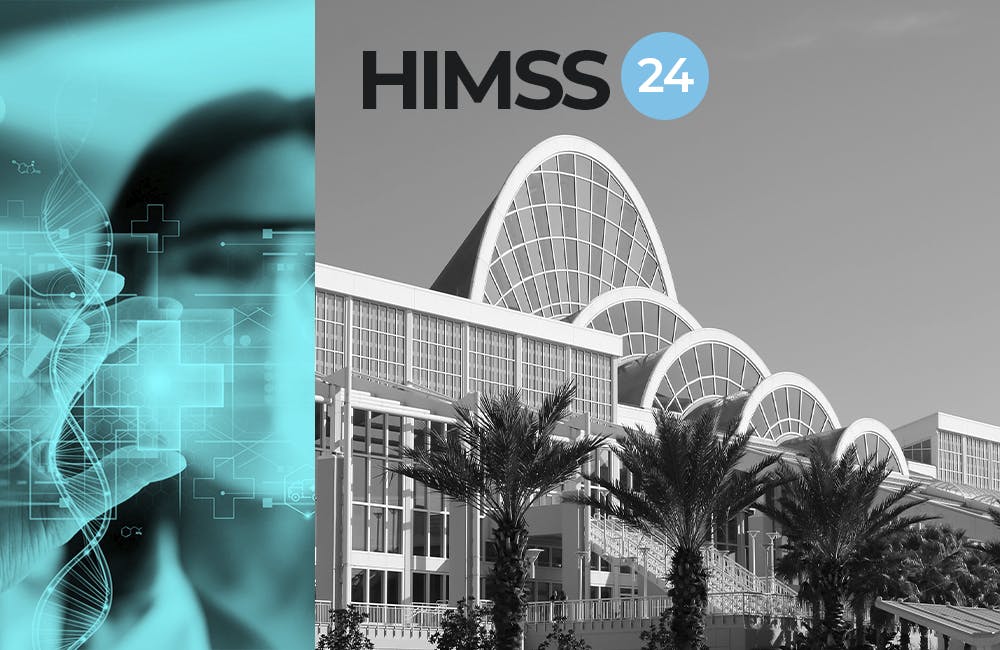Early Successes, Partnerships With GSA AI Center of Excellence Lead
Krista Kinnard discusses the group’s guidance on AI and RPA while dispelling myths about the technology.

The General Services Administration has been an innovator in several emerging technologies across the government. Through its Centers of Excellence, as well as the communities of practice in which it participates, it drives adoption of technologies like automation and AI, developing partnerships with other agencies and creating practical innovation playbooks.
The AI Center of Excellence in particular helps to implement one of the fastest-growing technologies across government. We asked Director Krista Kinnard, who will also be speaking at Dcode’s upcoming Eureka event March 5, about some of the successes of the Center of Excellence and plans for AI implementation going forward.
What opportunities does the GSA AI Center of Excellence bring across government?
One of our current partnerships is with the Joint Artificial Intelligence Center, or JAIC. The AI CoE serves as a trusted advisor, providing an enterprise-level perspective and delivery from the top down that will assist the JAIC scaling AI across the Defense Department. We are initially focusing on two areas. The first is helping the JAIC with building a premiere AI acquisition shop. The second is helping the JAIC with technical expertise around their AI DevSecOps environment. This includes co-development of the Joint Common Foundation, the enterprise cloud-enabled AI environment that will bring modern DevSecOps practices to DOD. The Joint Common Foundation will accelerate adoption of AI-enabled capabilities across the agency.
Our second engagement is with the Department of Labor. This partnership will combine expertise from DOL business units and TTS’ AI CoE in a model that empowers agencies to own their path to modernization. Our initial focus is on bringing robotic process automation to existing manual and time-consuming business processes.
In regard to AI and RPA, are there any myths that you’d like to dispel?
The first myth I’d like to dispel is that RPA and AI are magic tools that will solve all of your IT problems. Though there is a lower barrier to entry to incorporating RPA, building both an AI and RPA solution requires careful evaluation and prep work — including both technical evaluation and coordination of existing data sources, management strategies and organizational evaluation. A tenet I hold firm is that these technologies can only truly be successful if there are agency leaders willing to own their success and agency practitioners who are ready able to incorporate them into their current practices.
The second myth is that AI and RPA will be replacing work that humans do. The entire purpose of RPA and AI is to make low-value tasks faster and easier, freeing up people to focus on high-value work that requires the creativity and critical thinking that humans will always be best at.
How does the CoE approach drive modernization in government?
There are several factors that help us drive modernization. The first is that we are trusted advisors. As members of the federal government ourselves, we understand the unique challenges and are here to support other feds. The second is partnership. The CoE approach is to partner with agencies at a leadership level to build and implement IT modernization together. This approach empowers them to be the agents of change in their own organization as we transition the work to industry. I think this creates a much more lasting and sustainable impact.
How can agencies get started in RPA?
We have a strong relationship with both the Federal AI Community of Practice and the Federal RPA Community of Practice. We are able to learn and share best practices through these groups. One resource for RPA that has proven valuable is the RPA Playbook, published by the RPA Community of Practice, as it helps define RPA maturity and map agencies to the path that is best for them.
This is a carousel with manually rotating slides. Use Next and Previous buttons to navigate or jump to a slide with the slide dots
-

The CAIOs Leading Responsible AI Development Across Government
Since the White House's AI executive order, federal agencies are in the process of naming chief artificial intelligence officers.
7m read -

Defense Board to Pitch Solutions for Closing Tech Talent Gaps
Defense Innovation Board members cite need to modernize people management the same way government modernizes technology.
4m read -

Energy Researchers Aim For Holistic Approach to AI Issues
A new center at the Oak Ridge National Laboratory is looking at under-researched areas of AI to better understand how to secure it.
2m read -

5 Predictions for AI in Government Technology
Agencies are setting plans in motion not only to integrate AI into their enterprises, but also ensuring the data that power these systems are fair.
41m watch







